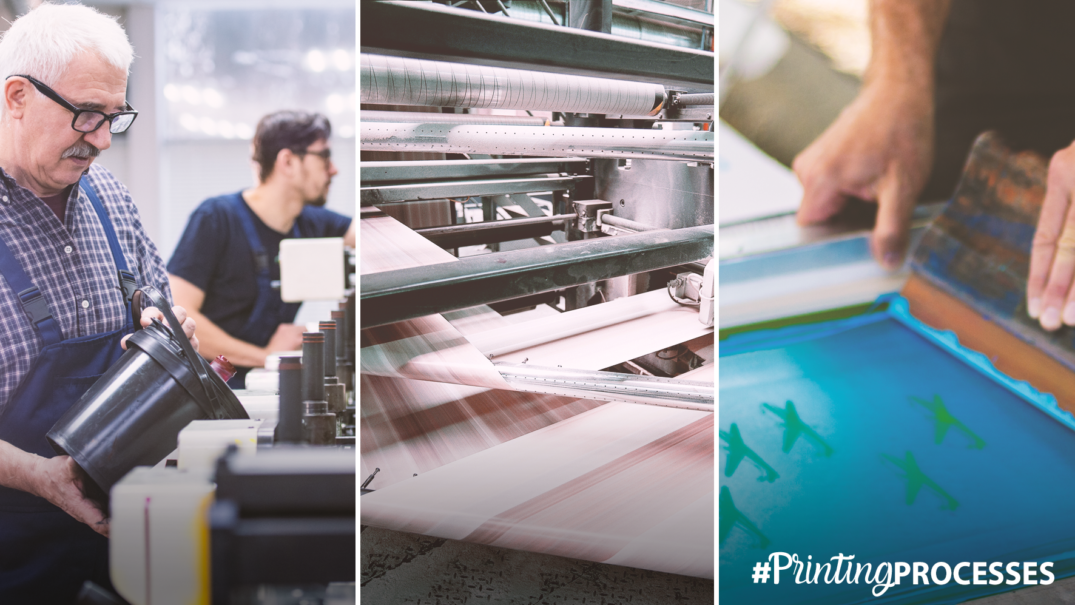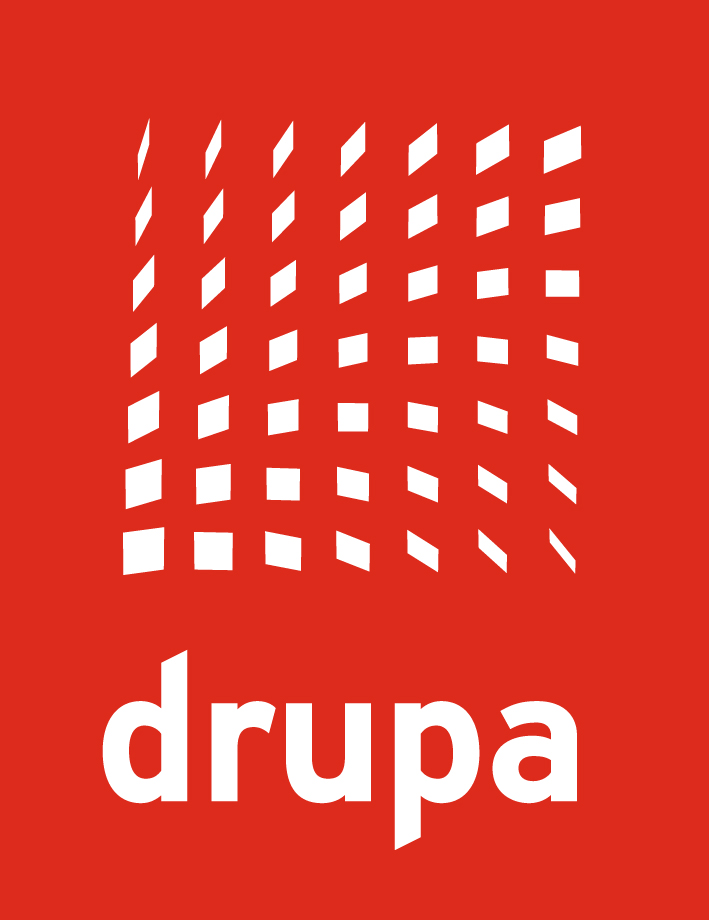#PrintingProcesses: Digital Print – Additional Processes
Time:2021-05-25 From:
It is time for our latest #PrintingProcesses article, where we share fundamental insights regarding printing technologies. In this episode of our series, we will show you a wide variety of digital printing methods that are essential in the world of print.

The world of printing is huge and the methods to actually print are vast. Ever heard of thermal transfer print? Want to know more about 3D print or digital packaging print? You have come to the right place! Get an overview of different key #PrintingProcesses for digital print.
Digital Packaging Print
Digital packaging print has gotten exceptionally important over the past few years. One of the reasons for this is that only digital printing offers the opportunity for personalization through adaptable data. Text and picture can be optimized for specific target groups and individually adjusted. The access to an immense variety of templates makes this possible. Instead of labeling, you can direct print through these individual adjustments, which makes Print-on-Demand take the place of storing packaging in warehouses. It is more cost efficient and accelerates the printing process as a whole. Examples for specific variations in data are safety measures on certain packaging or different QR codes. Another advantage of such systems? They are often completely automated and function on their own.
Thermal-Transfer Print
Thermal-transfer printing uses color foil as an ink carrier. The foil must include the primary colors cyan, magenta, and yellow. Some high-quality ones additionally have black. For one color image, the print sheet needs to be printed on with every color section, which means four printing processes are required.
The color particles in the foil are stored inside a layer of wax. During the printing procedure, it is placed between a heating strip and the surface that you want to print on. The heat melts the wax and sets the dye free, which upon contact with the cold surface, solidifies. A smoother print area results in a higher quality for the print. This method disregards whether the format is used to its maximum capabilities or not. In other words, it does not matter if the image printed is small or big, the full four foil sections are always necessary to create it. Therefore, it is a very costly process, when you for example just want to print a smaller image. However, that is balanced out by the excellent quality of the print.
Dye-Sublimation Print
There are some minor but significant differences between the dye-sublimation printing process and the thermal-transfer one. The heating strip of the sublimation method can be slowly heated up in 256 stages. Consequently, the pigments can be controlled better to generate authentic halftone colors. For that, they are printed next to each other and over each other. Despite the high costs, this process has its value, as it is often used for its quality in scenarios such as proof purposes in digital proofs.
3D Print
3D printing is able to provide design objects and models for various fields of expertise. Architects, engineers and designers rely on the fact that they can already physically see their idea in its early stages, instead of waiting until the end when it is finally produced. This is time-saving, cost-effective and reduces mistakes during the further development of the project.
The models are created using a layer construction process also known as additive process. First, the two-dimensional design is visualized on a PC with the help of a CAD program. Using materials such as wood, glass, metal or plastic, thin sheets of those composite resources are bound by colored binders layer by layer, which craft the 3D model in a short amount of time. In fact, it is up to ten times faster in comparison to the manual creation of a 3D construct.
3D Print – Method Overview
There are different types of methods to print in 3D, each with advantages and disadvantages. The first one is Fused Deposition Modeling (FDM). It uses solid materials, such as chocolate, dough, wood, or nylon in the extruder, which is heated up and then layered as it melts. 3D printers that use this process are often on the cheaper side.
Selective Laser Sinter/Melting (SLS/SLM) utilizes laser light to merge printing powder (SLM) or glue it together (SLS). SLM has its disadvantages since the merging procedure can be inaccurate when the printing material, for example, drips. Opposed to that, SLS is more accurate. However, since it only glues, the objects need to be hardened in an oven afterward. In comparison to the FDM procedure, SLS and SLM printers are more expensive.
And lastly, in Stereolithography (STL) liquid plastics are toughened via light and filled into a basin. To harden the material lasers or a DLP projector are used. The 3D models created by this process are not very resilient, which makes them more beneficial for showcases of products rather than functioning models
Now that you got an overview of some additional #PrintingProcesses, feel free to go to some of the other articles of the series and look forward to the next one where we will talk about large format digital printing and where it is used.

